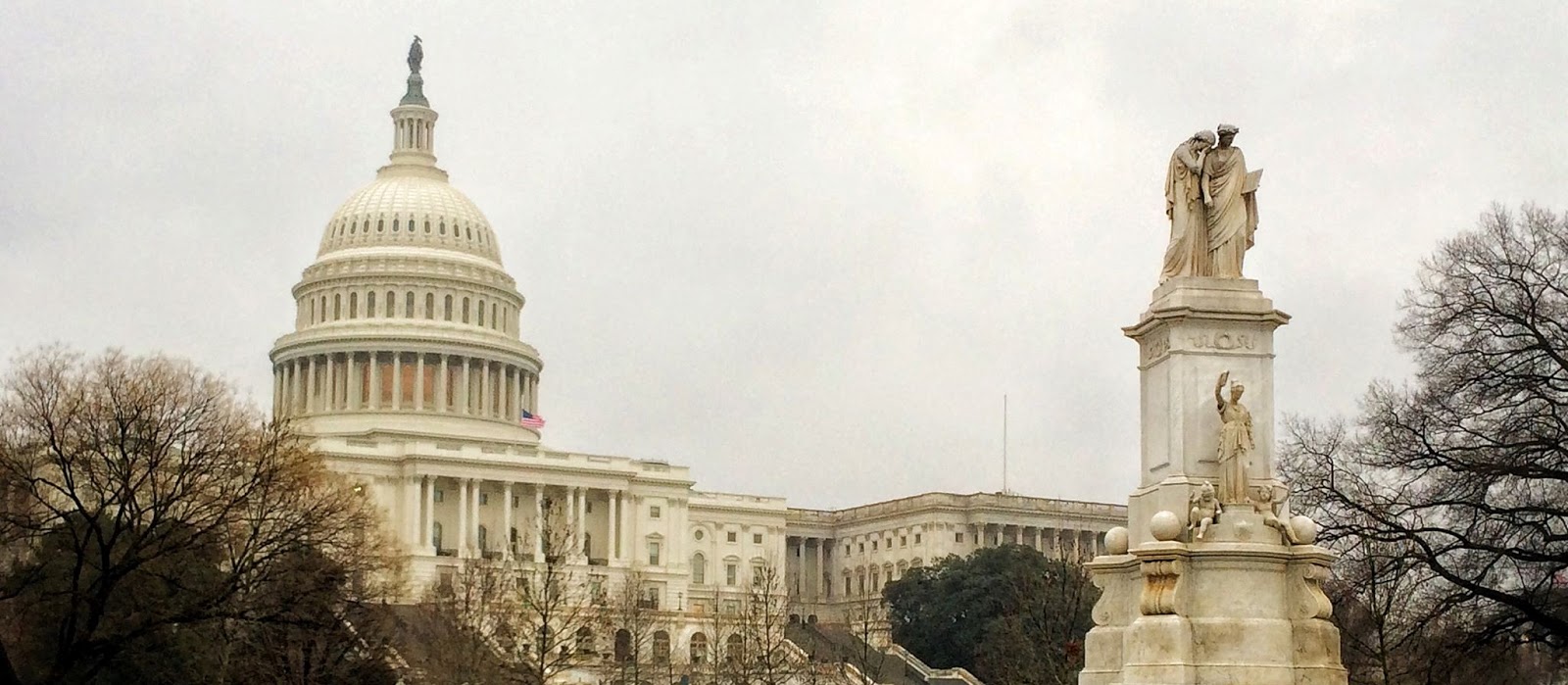Legislative Letters 11-23-2020
THE NATIONAL ASSOCIATION OF GRADUATE-PROFESSIONAL STUDENTS
Legislative Letters
November 23, 2020
Updates in Higher Education
Image Credit: Kaylynne Glover, “The Capitol”
With a majority of the news outlets agreeing that Joe Biden is the president-elect, most have been focusing on his plans for his presidency. This includes who we will nominate to be his Secretary of Education, and what his postsecondary policies will entail, including the student debt loans. A new survey was also released reviewing the changes in the number of international students being educated at American colleges and universities.
Director of Legislative Affairs, legislative@nagps.org
Ellie Johnson, Special Assistant for Legislative Analysis, sa_legislativeanalysis@nagps.org
Download PDFTHE EXECUTIVE BRANCH
THE DEPARTMENT OF EDUCATION
With his presumed victory, President-Elect Joe Biden will identify a new cabinet to help him govern the United States. One of these positions is the Secretary of Education. Biden will be looking for someone to help low-income students and to avoid causing large student debt for them. Several names have been speculated for the position, including Randi Weingarten (president of the American Federation of Teachers), Lily Eskelsen (former president of the National Education Association), and Alma Adams (Democratic congresswoman from North Carolina and former professor), but no information has officially been released. Many people relating to Historically Black Colleges and Universities (HBCUs) are hoping that the future Secretary of Education will be a member of their community for the first time. In addition, this would be unusual because often the Secretary of Education has a history in primary or secondary education; however, future First Lady Jill Biden teaches at community colleges.
Another change that the Biden administration plans on making is ending the new Title IX regulations which went into effect in August. He instead plans to return to Obama era policy and build on those. The current regulations have been controversial with the Republicans and organizations like the Foundation for Individual Rights in Education support them as a balanced approach to gender equality, while the Democrats and advocates like National Women’s Law Center argue that the regulations would lead to less reporting of assault.
THE WHITE HOUSE AND OTHER AGENCIES
President-Elect Biden is expected to have different higher education policy concerns than the Trump administration. One is that for-profit colleges are expecting more scrutiny than they have experienced for the past 4 years. He has also stated that he plans on making community colleges free and provide additional funding for veterans, single parents, and low-income students. For public colleges, the goal is to provide free tuition for families making less than $125,000. In addition, he expects to double the amount of Pell Grants available, reinstate the borrower’s defense rule, and increase the amount of spending on research. Also, advocates for student loan debt cancellation are vocally pressuring the Biden administration to help student borrowers. Many are asking for $10,000 to be canceled from all student loans, though some are requesting up to $50,000, and 236 progressive groups are calling for all student debt to be cancelled. They also are planning a new option where individuals earning less than or equal to $25,000 will not owe any payments on undergraduate federal student loans, nor will they earn interests. There are also plans to freeze tuitions rate, only allowing for increases due to inflation, which is once again causing controversy.
IMMIGRATION AND INTERNATIONAL STUDENT CONCERNS
A survey by multiple higher education groups found that the number of international students has fallen by 16% and new enrollments decreased by 43%. While the degree of students not attending American schools is related to the coronavirus, the number has been decreasing since the 2015-2016 school year. Graduate students in particular has been decreasing since the 2017-2018 school year. They survey also found that more than half of the international students in the 2019-2020 school year came from either China or India.
IN RELATED NEWS…
RELEVANT READS
The State of Higher Education
Program Helps Veterans Transition Into College
Pandemic Hits Higher Ed Employment Hard
Why Higher Ed Needs Data Ethics
The Case for a Higher Education Bailout
Career Advice
How to Write a Dissertation During a Pandemic
Higher Education Policy
What Unites Biden and Trump Supporters in Higher Ed
Higher Ed Needs to Go on a Zoom Diet
3 Ways Joe Biden Could Cancel Student Loans
Want to let us know how we can improve? Give us feedback!
